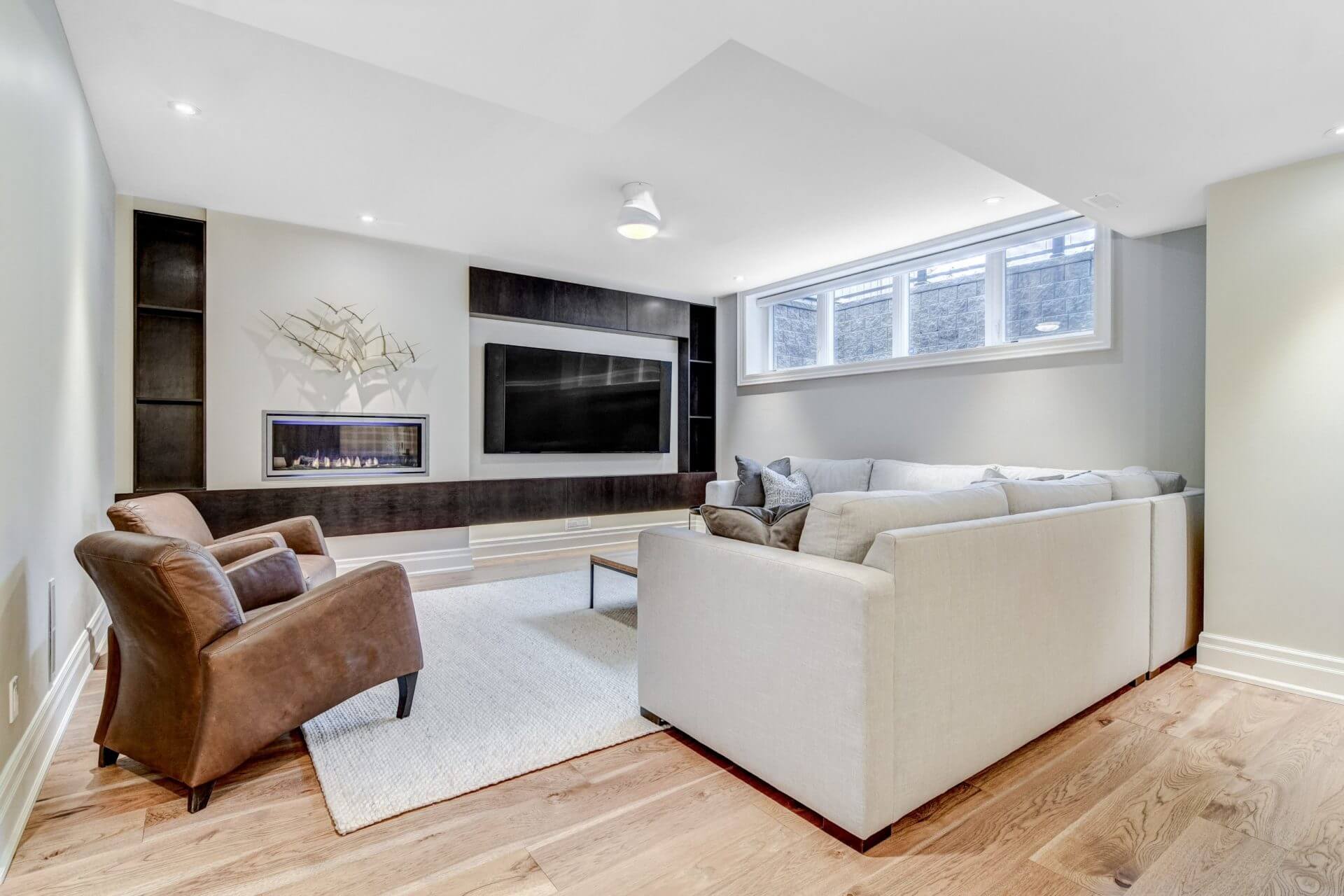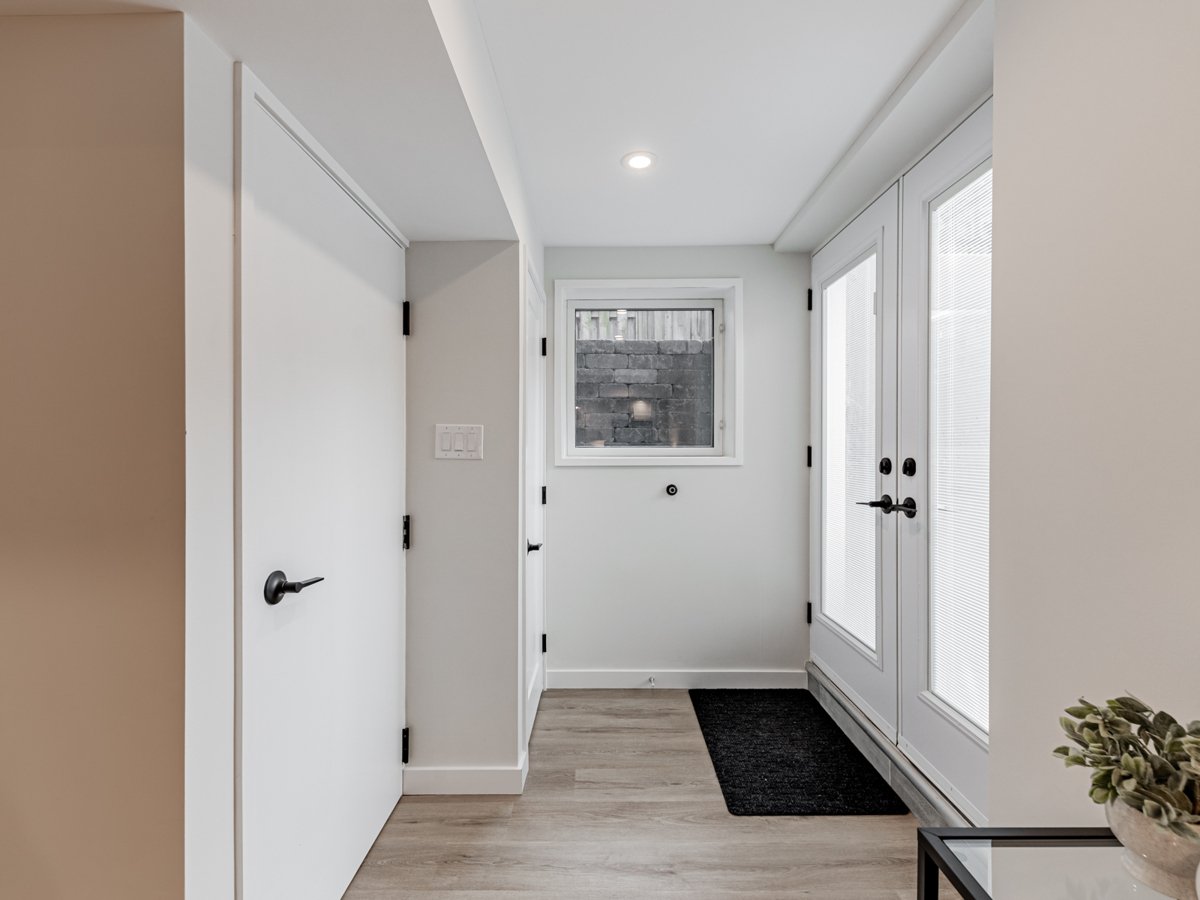Basement Separate Entrance: What You Need to Know
Why Add a Basement Walkout or Separate Entrance to Your Basement?

Understanding Egress Windows
Emergency exit windows are vital for home safety, particularly in lower-level living spaces. These specially designed windows provide a safe escape route during emergencies. Building codes require them in certain areas, such as basements. This guide explains how these windows work, what you need for installation, and how to make your basement safe.
What is a basement egress window?
An egress, or emergency escape window, is a special exit for fires or other emergencies. The window must meet specific size and operational standards to qualify as a legal exit. This is especially important in basements that people use as living areas or bedrooms, where traditional exits may be limited.
Why Emergency Exit Windows are Important
An escape window provides peace of mind by allowing occupants to exit safely if other exits are blocked. These windows improve safety and are legally required in many areas, including Ontario. They ensure that lower-level living spaces are safe for people to live in.
Building codes have established guidelines for these windows to ensure they are functional and accessible. The requirements focus on size, placement, and other factors. These ensure that the exits work well in emergencies.
Ontario’s Building Code outlines specific requirements for these windows:
These dimensions are crucial for ensuring that the window is large enough for a person to escape during an emergency.
If your basement includes a bedroom, it must have its own escape window to provide a safe exit in emergencies. Each bedroom requires a window that meets these standards, ensuring that anyone inside can quickly exit if needed.
A window well is essential for enabling escape in basements where the window is below ground. The well must allow for at least 30 inches of clearance in front of the window. If the well is deep, adding a built-in ladder is often necessary.
Several window types meet the requirements for emergency exits, each with its own advantages. The choice depends on your basement layout, the window opening size, and preferences for style.
Casement windows are hinged at the side and open outward like a door, providing a large, unobstructed opening suitable for basement exits.
Sliding models open horizontally, which saves space. However, they must be large enough to meet the required opening size to function as an emergency exit.
Double-hung windows, which open vertically, can also be used for emergency escape if they meet size standards. They may not offer as much clearance as casement options but can still work if properly sized.
Adding an emergency exit window to a finished basement is not just about meeting legal standards—it’s a vital safety measure that can protect occupants in a crisis.
The main reason for having an escape window is to ensure a safe way out during emergencies. In a basement, especially one used as a living area or bedroom, an additional exit could be life-saving if the main stairway is inaccessible.
Basements used for living purposes must adhere to building code requirements. Failure to do so can lead to fines, issues with insurance coverage, or difficulties in selling the property. Properly installed emergency windows help ensure your basement is compliant.
Installing one of these windows may involve enlarging the existing opening or cutting through the foundation. Here’s what to expect during the process:
The installation typically includes:
The cost of installing an emergency window in a basement varies depending on several factors, including the window type, installation complexity, and whether structural changes are needed.
The cost usually ranges from $2,500 to $5,000. This price includes the window, labor, and any needed foundation work. You may incur additional costs for excavation, drainage solutions, or window well installation.
Proper maintenance ensures that your emergency exit remains functional and ready for use. Follow these tips to keep it in good condition:
Regular checks will help ensure that the window serves its purpose effectively.
What is the purpose of these windows?
They provide a safe way to exit a basement during emergencies, especially if other exits are blocked.
Do all basement bedrooms need an escape window?
Yes, each bedroom must have its own window that meets safety standards.
How large should the window be in Ontario?
The opening should be at least 0.35 square meters (3.77 square feet), with no dimension less than 15 inches.
What is the typical cost of installation?
Installation costs range from $2,500 to $5,000, depending on the project specifics.
Can an escape window be added to an existing basement?
Yes, but it may require cutting through the foundation and adding a window well.

Why Add a Basement Walkout or Separate Entrance to Your Basement?

Key Factors That Affect the Cost of Finishing a Basement Additional Features That Increase Costs Labour and Contractor Costs Regional Variations in...

6 min read
Why Understanding Legal Basement Requirements is Crucial Basements provide great chances for extra living space, home offices, or rental...